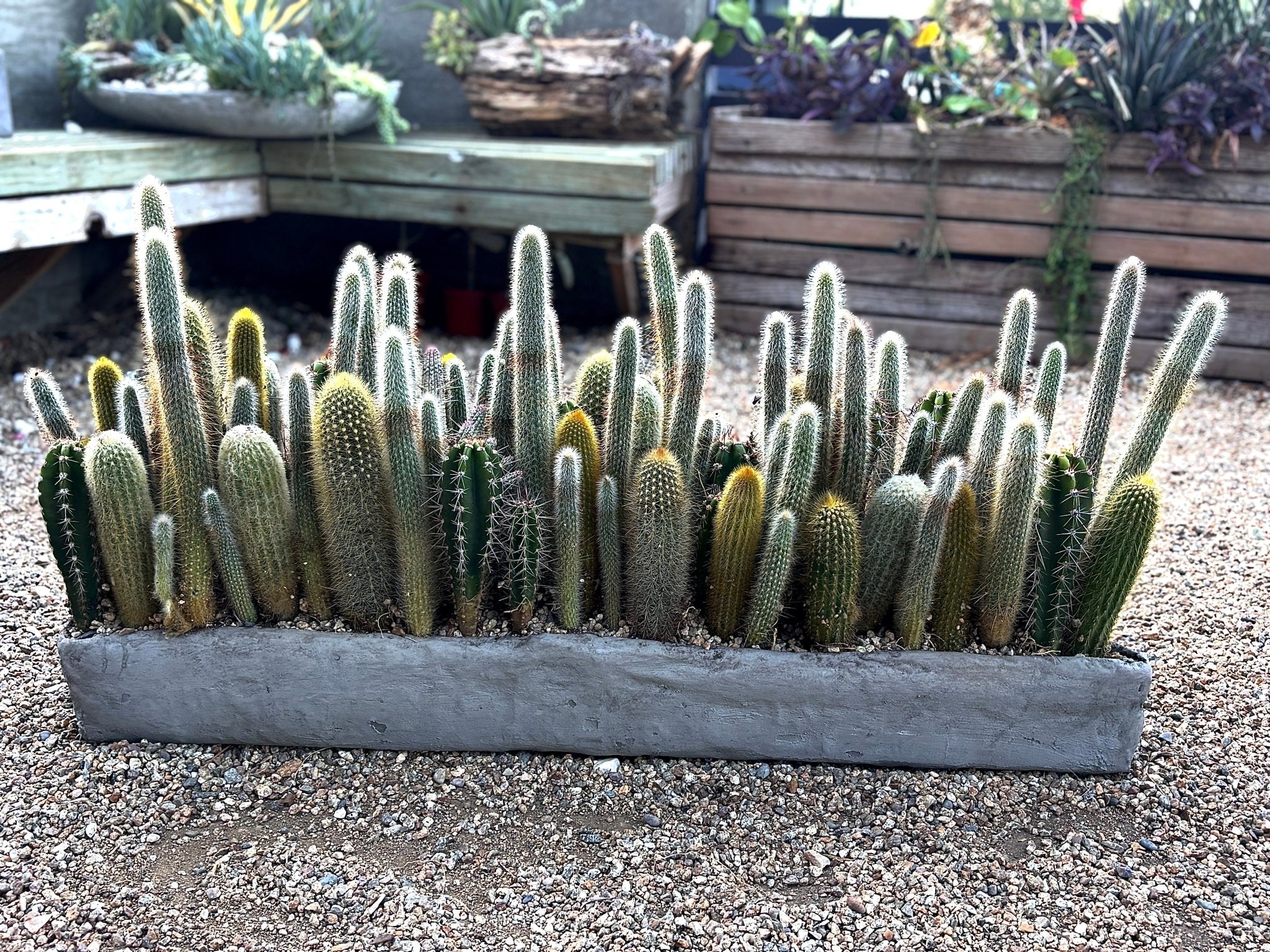Extreme temperatures—like those in Palm Springs—can quickly turn a thriving garden into a sun-scorched wasteland. When temperatures climb above 100°F, all plants face intense stress from relentless heat and UV exposure. Wilting, leaf burn, and dehydration are all too common. But with the right approach, even desert gardens can stay vibrant through extreme heat.
In this guide, you'll learn practical, proven strategies to protect your plants when the mercury rises. From selecting the right pots to creating smart shade solutions, these tips will help your garden not just survive—but thrive.
Quick Takeaways
- Shade reduces stress: Blocking direct sun keeps plants cooler and healthier.
- Smart pot choices matter: The right containers help prevent root overheating.
- Catch heat stress early: Prompt action can prevent lasting damage.
Why Heat is So Harmful to Plants
Once temperatures rise above 90°F, all plants, even those which are normally considered "drought resistant" start to struggle. Why? High heat disrupts photosynthesis, dehydrates tissues, and scorches foliage—especially in sun-drenched desert climates where UV radiation intensifies the damage.
Signs of Heat Stress
- Drooping or wilting leaves
- Yellowing or browning foliage
- Crispy, dry leaf edges
- Rapidly drying soil
ProTip: Check soil moisture daily. Roots should stay evenly moist—not soaked, not bone dry.
Shade is one of your best defenses. Options include:
- Shade cloth (30–50% UV block) for patios or garden beds
- Pergolas or shade sails for structure and style
- Natural shade from trees or tall plants
Focus on blocking the harsh afternoon sun (typically between 1–4 PM). One Palm Springs gardener saw a 70% drop in leaf burn using a 40% UV-blocking cloth, according to local nursery data.
Your choice of pot makes a big difference. Choose Heat-Smart Containers
- Use light-colored ceramic or thick terracotta pots to reflect heat and insulate roots.
- Avoid black plastic pots, which absorb and trap heat.
Watering Tips for Hot Weather
- Water early in the morning (ideally between 5–7 AM) to reduce evaporation.
- Use drip irrigation to target roots and save water.
- Mulch soil surfaces to retain moisture and cool the root zone.
Real-Life Success Story
During a brutal 115°F heatwave, one Death Valley gardener saved her prized agave collection by:
- Installing shade cloth
- Swapping plastic pots for terracotta
- Adjusting her watering schedule
The result? An 80% drop in plant loss.
With a few smart adjustments, even the hottest climates can support a lush, healthy garden. Don’t let the summer sun win—plant smarter, shade better, and stay ahead of the heat.
Sam Francis is a writer and blogger spending his third full summer in the Coachella valley.



